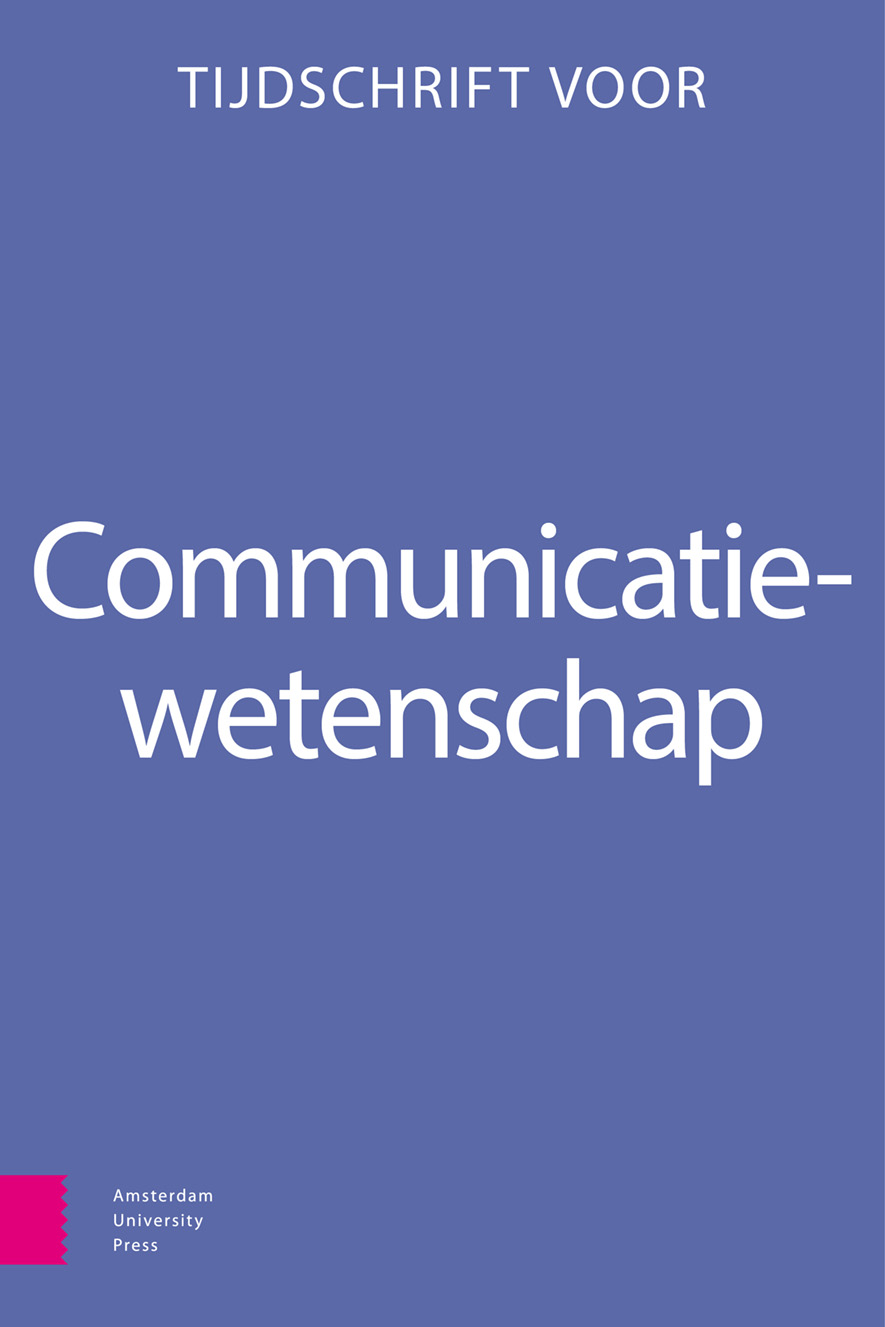-
oa Snow Fall in de polder
Interactieve multimediale journalistieke producties in Nederland
- Amsterdam University Press
- Source: Tijdschrift voor Communicatiewetenschap, Volume 49, Issue 2, Jan 2021, p. 100 - 126
Abstract
Snow Fall in the polder. Interactive multimedia productions in Dutch journalism
Interactive multimedia productions are a recent journalistic format. The format has been studied in the Anglo-Saxon context as digital longform and interactive documentary. Research has consequently focused on English language productions. This article presents an overview of these types of productions created in the Netherlands and also proposes an analytical apparatus and conceptualization that does justice to the main properties of this new genre; multimediality and interactivity. The results show that this journalistic form is mainly produced by established national newsrooms. Furthermore, the potential of digital media is used sparsely. Despite the use of complex narrative structures like multi-linear and non-linear stories, familiar media forms are used. Interactive features are mostly utilized to provide additional information to users.


